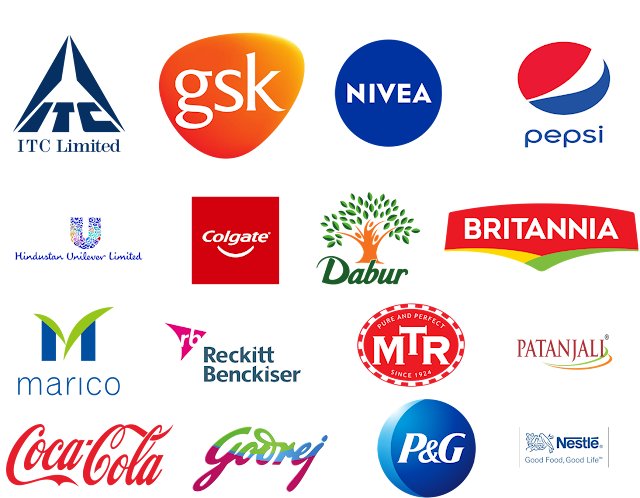A Comprehensive Guide to Starting an FMCG Distribution Business in India: Strategies to Succeed in a Competitive Market

Fast Moving Consumer Goods (FMCG) form an essential part of everyday life for consumers in India, making the FMCG distribution sector a lucrative and promising venture. The rapidly growing population, rising income levels, and changing consumer preferences provide ample opportunities for entrepreneurs to establish successful FMCG distribution businesses. This article aims to provide a detailed step-by-step guide on how to start an FMCG distribution business in India, covering the requirements, investments, infrastructure, go-to-market strategies, and ways to beat the competition. Popular FMCG Companies in India Market Research and Understanding the Industry: Before venturing into the FMCG distribution sector, conduct thorough market research to identify potential opportunities, demand patterns, and consumer preferences. Understand the dynamics of the FMCG industry, key players, and distribution channels to get insights into the market's current landscape. Legal and Regulatory Requ...





